Mitochondrial ROS promotes susceptibility to infection via gasdermin D-mediated necroptosis
- PMID: 35907404
- PMCID: PMC9531054
- DOI: 10.1016/j.cell.2022.06.038
Mitochondrial ROS promotes susceptibility to infection via gasdermin D-mediated necroptosis
Abstract
Although mutations in mitochondrial-associated genes are linked to inflammation and susceptibility to infection, their mechanistic contributions to immune outcomes remain ill-defined. We discovered that the disease-associated gain-of-function allele Lrrk2G2019S (leucine-rich repeat kinase 2) perturbs mitochondrial homeostasis and reprograms cell death pathways in macrophages. When the inflammasome is activated in Lrrk2G2019S macrophages, elevated mitochondrial ROS (mtROS) directs association of the pore-forming protein gasdermin D (GSDMD) to mitochondrial membranes. Mitochondrial GSDMD pore formation then releases mtROS, promoting a switch to RIPK1/RIPK3/MLKL-dependent necroptosis. Consistent with enhanced necroptosis, infection of Lrrk2G2019S mice with Mycobacterium tuberculosis elicits hyperinflammation and severe immunopathology. Our findings suggest a pivotal role for GSDMD as an executer of multiple cell death pathways and demonstrate that mitochondrial dysfunction can direct immune outcomes via cell death modality switching. This work provides insights into how LRRK2 mutations manifest or exacerbate human diseases and identifies GSDMD-dependent necroptosis as a potential target to limit Lrrk2G2019S-mediated immunopathology.
Keywords: Drosophila melanogaster; LRRK2; Mycobacterium tuberculosis; Parkinson’s disease; RIPK3; immunometabolism; inflammasome; inflammation; innate immunity; pyroptosis.
Copyright © 2022 Elsevier Inc. All rights reserved.
Conflict of interest statement
Declaration of interests The authors declare no competing interests.
Figures

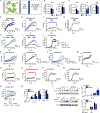
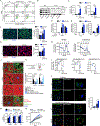

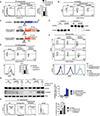
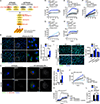
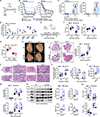
Comment in
-
Cell death: All roads lead to mitochondria.Curr Biol. 2022 Aug 22;32(16):R891-R894. doi: 10.1016/j.cub.2022.07.025. Curr Biol. 2022. PMID: 35998601
References
Publication types
MeSH terms
Substances
Grants and funding
LinkOut - more resources
Full Text Sources
Molecular Biology Databases
Miscellaneous

